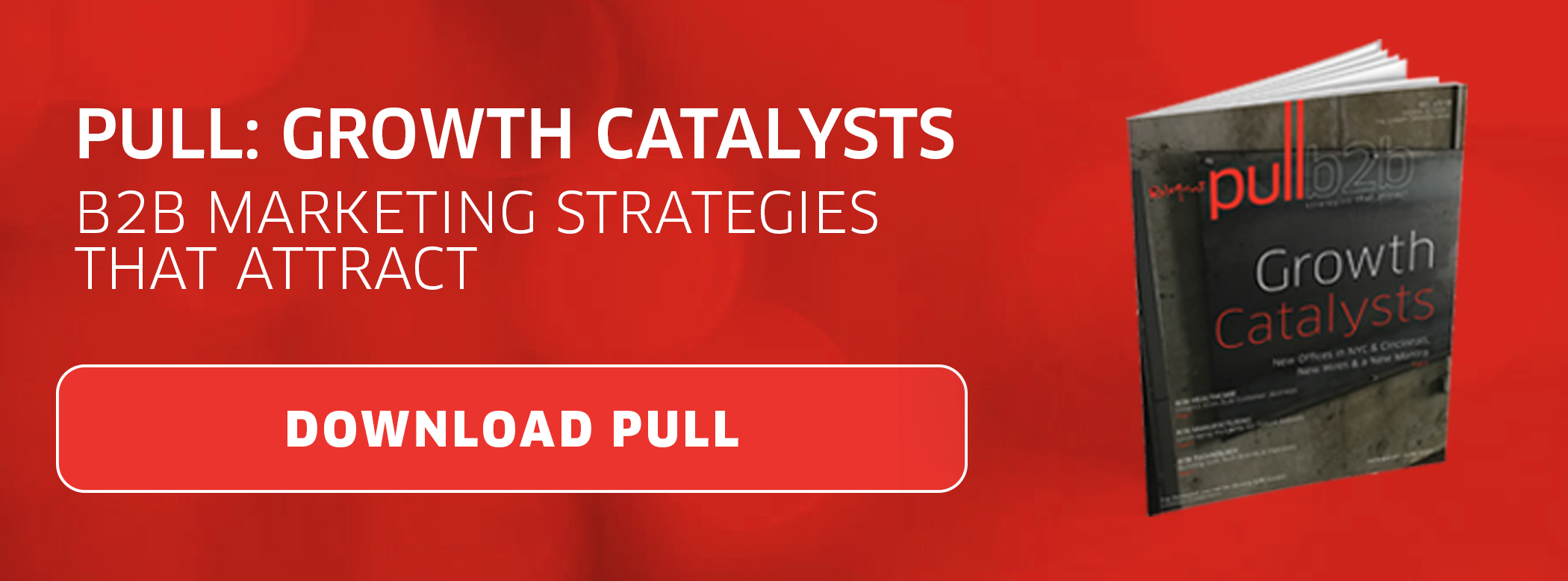 The form is arguably inbound marketing's most valuable conversion tool. Whether you're going for top-of-funnel conversions or working to better qualify leads, the form is where all the action happens. It's also where marketers get most of the valuable data necessary to create personalized, relevant content for potential buyers.
The form is arguably inbound marketing's most valuable conversion tool. Whether you're going for top-of-funnel conversions or working to better qualify leads, the form is where all the action happens. It's also where marketers get most of the valuable data necessary to create personalized, relevant content for potential buyers.
Forms can also be a source of friction for website visitors, especially if they think the value of the information you're requesting is higher than the return, or if they have to answer the same questions over and over. That's where the smart form comes in.
What are B2B Smart Forms?
B2B smart forms are a way to use progressive profiling, or a method of collecting data from leads without being repetitive and without asking for sensitive or high-value data too soon. Most forms start with the basics: name, email address, company name, and sometimes a bit more information about the company such as industry or size. Marketers eventually want to learn a great deal more, including more company specifics and details about the person filling out the form.
On the other hand, people sour when faced with long forms with too many questions or when they have to continually tell you what their name is. Progressive profiling that uses smart forms only asks new questions that haven’t already been answered. It also attaches some questions to more valuable offers or later lifecycle stages so visitors are more likely to provide the information.
The 5 Best Practices for Smart Forms
Progressive profiling means finding the balance between collecting the information you need and providing the best experience for your leads. Follow these five best practices to get it right:
- Critical Questions. Ask the critical questions first, and don't make your forms so short that you're not getting the information you need. It can be tempting to keep forms super-short if you're assuming the person will be back for more, but you still need enough information to segment and nurture your leads.
- Proper Focus. Think about your progressive profiling like a funnel; don't go for highly specific information right at the jump. Start with questions that will help you qualify the lead before digging into budgets and timelines. Aside from collecting details that might end up being unhelpful if the lead is unqualified, it can take a measure of trust for people to open up. When you start with a broad approach and narrow as you go along, you'll be building that essential trust first.
- Lifecycle Stage. Align questions with the buyer's journey; don't jump the gun. When your questions match the buyer's current intentions, it will feel like an even trade and a personalized experience. For example, if you start asking relatively cool leads about implementation concerns before they've solidified their problem, it's unlikely that they will even have an answer, let alone be willing to provide it.
- Buyer Personas. Align your questions with buyer personas; don't go for a one-size-fits-all approach. For some segments of your audience, it might be critical to know how large their company is early in the process. For other segments, it might be unnecessary to ask altogether because that segment only contains leads from small businesses. Only ask for information that you need to nurture the lead or to further segment.
- Form Length. Consider the length of the form as a qualifying factor; don't always assume that less is more. This is similar to the first point, but applies to leads further down the funnel. If you're generating huge amounts of leads who are eventually found unqualified, you might want to consider adding a few more form fields to weed out the tire-kickers.
Smart Technology
Progressive profiling with B2B smart forms makes use of cutting-edge technology to collect more information from your leads while also making it easier for leads to give up the goods. When it's done right, B2B smart forms will inform your nurturing processes so you lose fewer leads through attrition, and successfully nudge more leads toward a purchase. ![]()







 By
By 
